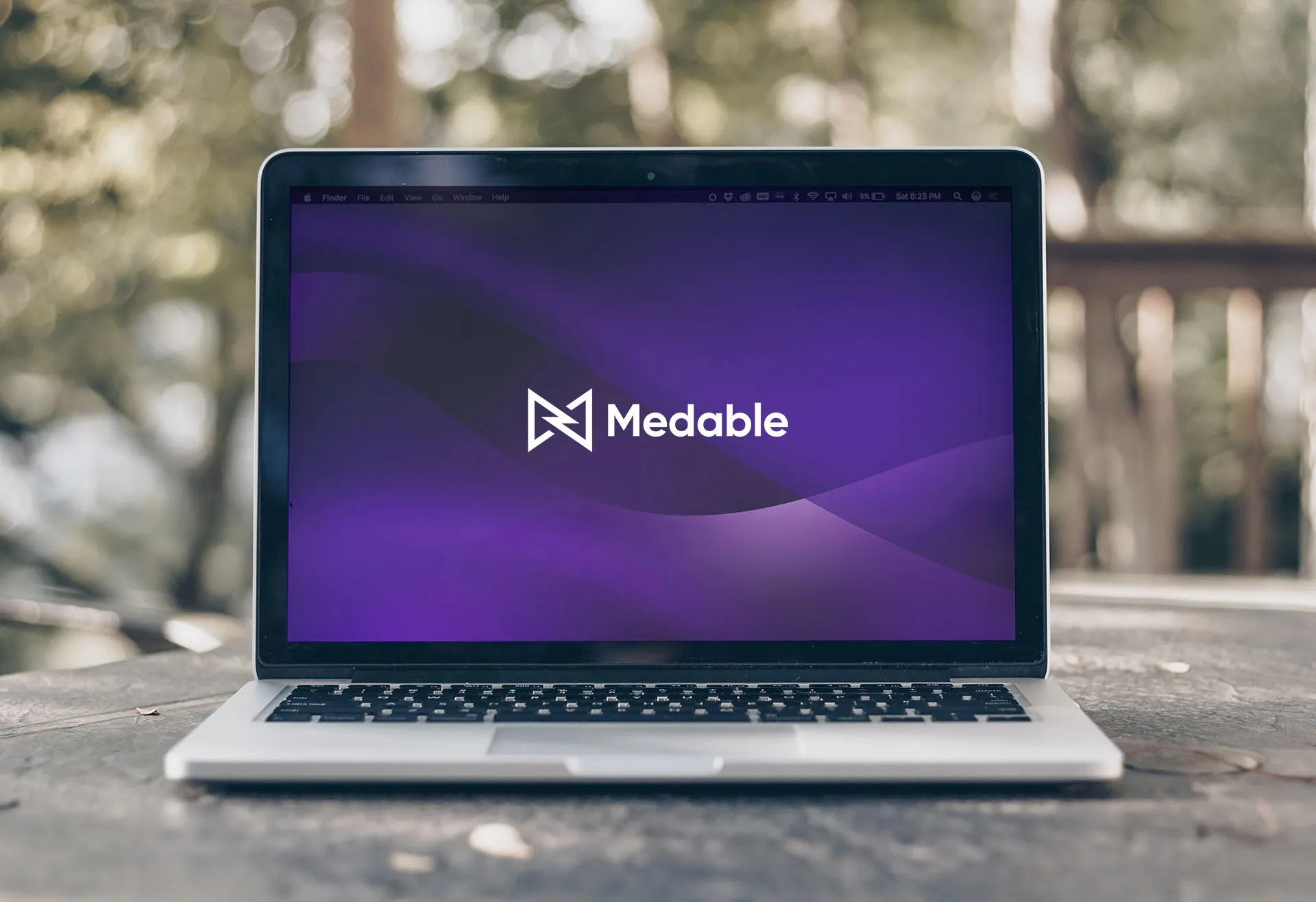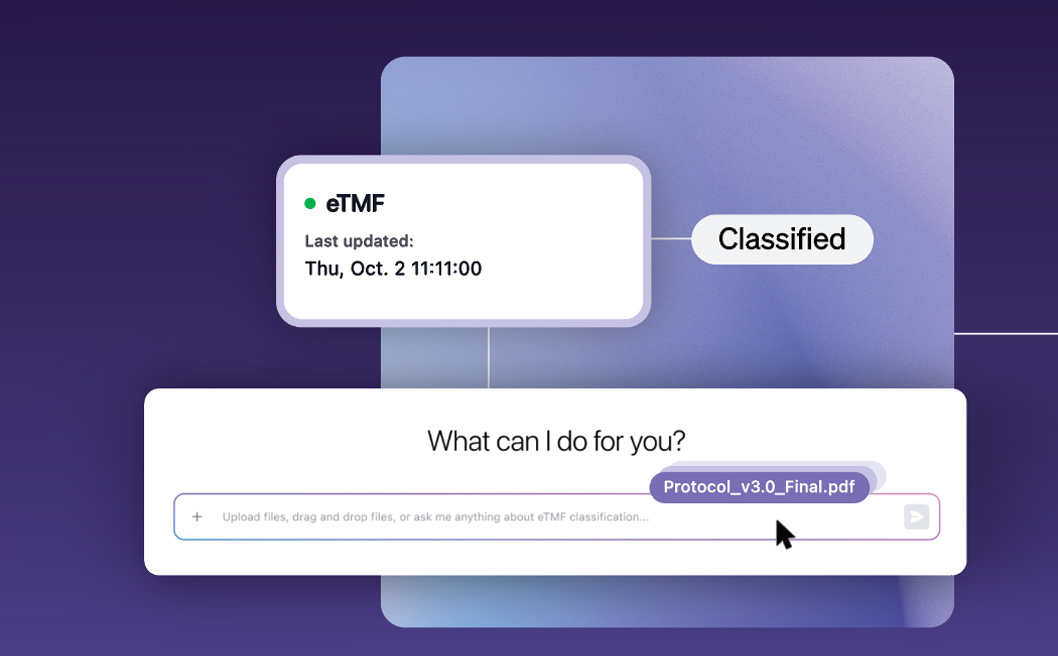Remote patient monitoring programs and technologies are becoming increasingly popular, backed by growing clinical evidence showing numerous benefits to patients and providers. While remote patient monitoring (RPM) isn’t new, it’s evolving quickly due to the regulatory push to expand access to care during the COVID-19 pandemic. Coupled with the fact that the digital health market is poised to more than double by 2026, providers and patients have a greater ability to track vitals between visits, and both centralized and decentralized clinical trials rely on remote data collection now more than ever. While there is tremendous potential upside, some barriers and risks are inherent in this digital process. Human-centered design and strategic implementation can ensure that RPM in clinical trials is both beneficial and cost effective.
The Growth of RPM
Prior to the coronavirus pandemic, RPM adoption was limited. Since 2020, RPM usage has expanded to support monitoring chronic and acute conditions and is evolving to play a greater role in clinical trials. Stakeholders, including hospitals and researchers, have taken great interest in emerging RPM trends as patient demand has increased for these offerings. A 2021 survey by MSI International found four out of every five consumers are in favor of RPM for monitoring chronic conditions.
Connected sensors, wearables, Electronic Reported Patient Outcomes (ePROS), apps, and telehealth services may collect RPM data. Data may include vital signs, weight, blood pressure, or heart rate. Collection must be HIPAA compliant, and patients must receive consultation to feel comfortable using RPM tools correctly.
Benefits of RPM
The numerous benefits of RPM are supported by clinical evidence. RPM provides enhanced pharmacovigilance, broader focus on patient-reported outcome data, and real-world evidence, such as longitudinal data on disease progression. It also offers more focus on the impact of the condition from the patient's perspective, offering clinical trials new opportunities to become more patient-centric, more inclusive, and more flexible, reducing the burden on patients and sponsors.
RPM offers non-clinical benefits as well. It allows patients to take a more convenient and active role in care management and receive more timely and actionable guidance from providers. In trials, RPM is a potential delivery enhancement for tracking vitals and organ function outside scheduled visits to better inform disease management. What’s more, RPMs put less burden on patients, sites, and sponsors by providing flexibility, modularity, and ease of use.
RPM Barriers and Risks
Although they offer many benefits to clinical trials, RPM pose unique implementation challenges. As technologies’ capabilities continue to expand, RPM in clinical trials must retain focus on the measurements that matter most to both clinician and patient; in other words, simplification of what data is collected is key.
Safety and patient privacy are also of concern when utilizing RPM. Any instruments or sensors that comprise an RPM set need to be validated, regulatory endorsed (i.e., fit for purpose and not in breach of patient privacy/data regulations), and must be standardized and reliable from both a recording and functioning perspective.
Usability is essential in RPM and the user experience should be designed to reduce the burden on patients or caregivers to encourage them to remotely monitor outcomes. Finally, RPM solutions must be cost effective. The benefits they bring need to outweigh the cost of implementation.
Setting Up an RPM Program
“Fit for purpose” is essential when designing an RPM program. Consider these factors when establishing an RPM:
- The RPM must be designed around the needs of the protocol, patient demographic and condition, and must deliver meaningful measurements. Critical to success of an RPM is the ability to focus on the key indicators of the patient’s condition that collect quality data and/or as well as trigger an alert to the treating clinician that a treatment intervention is warranted.
- Keep it simple and consolidate. RPM is a tool that can supplement clinical care by arming the clinician and the patient with an alert system that enables the early detection of critical safety signals or symptom patterns that indicate the need for treatment intervention in the traditional manner. The key is to focus on what matters specific to the patient demographic, condition, and the parameters of interest.
- Do not overburden the patient. Ensure your RPM is human-centric and designed for the population you’re working with, this may also mean undertaking Usability studies. Consider who the patients are and why they’re participating. Patients deserve a trial based around their needs. Doing so can increase patient engagement and retention, allowing for a more successful trial overall.
Choosing a Partner for Your RPM Solution
Establishing RPM protocols that are user-focused, collect accurate quality data, maintain compliance, and are customized to support your trial’s needs can be a complex task. An experienced partner such as Medable can help. We’ve helped over one million patients and supported over 150 studies.









